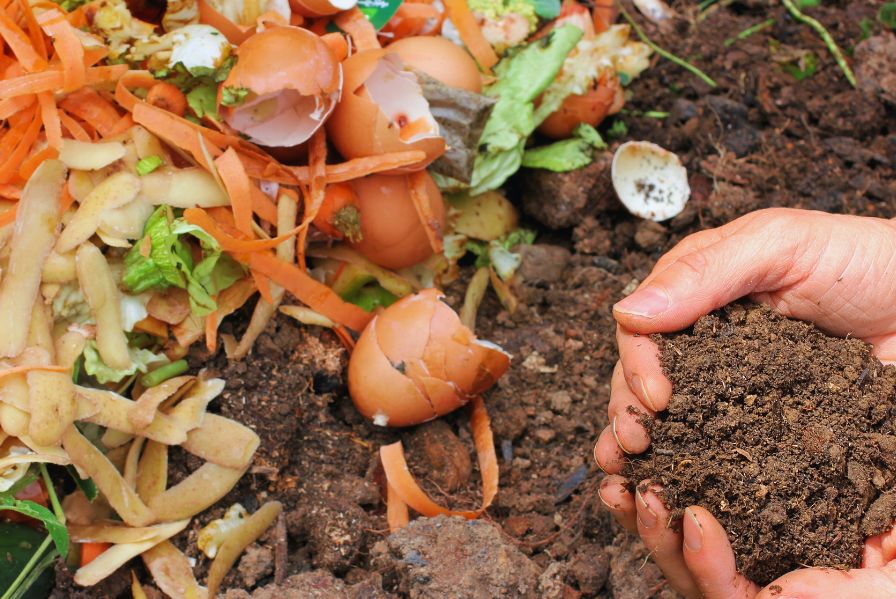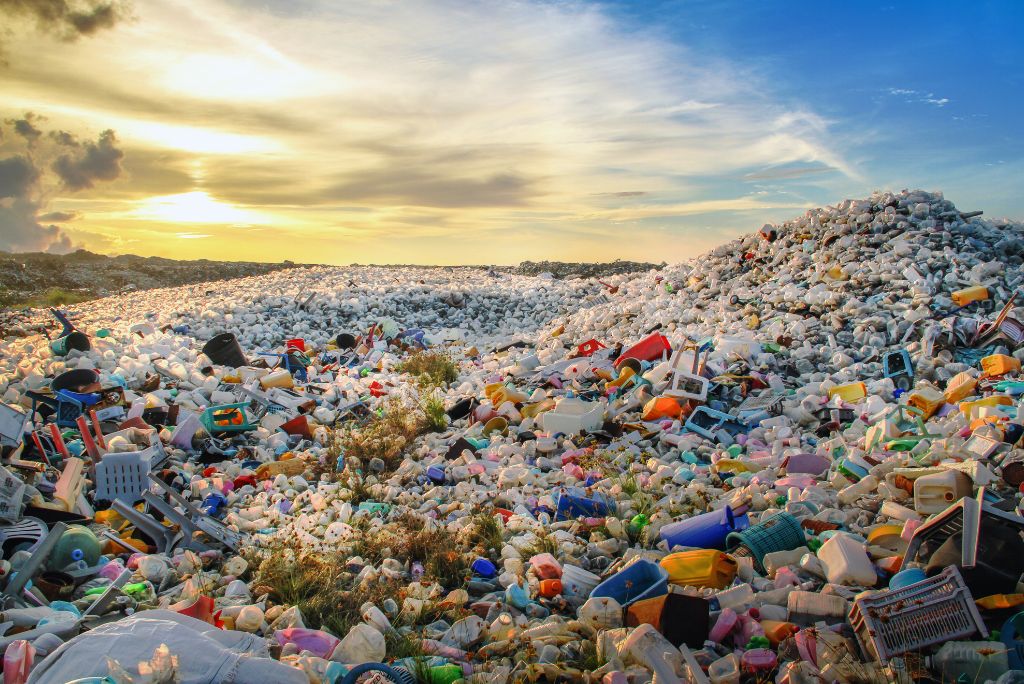Why Food Waste Recycling Is Essential for Sustainable Living
Home | Science In today’s world, food waste recycling is not just an option but an absolute necessity. As the global population grows and resources…
Exploring the Food Waste Environmental Impact on Global Ecosystems
Home | Science The food waste environmental impact is one of the most pressing yet overlooked challenges in our modern world. Every year, nearly…
How Do Organic Materials of Solid Waste Decompose Naturally?
Home | Science Organic materials in solid waste, like food scraps, yard trimmings, and paper products, undergo an intricate decomposition process…




